
Some of the most beautiful bird photos you’ll ever see

By Rebecca Cairns, Mar. 14: I’m willing, more than most people, to go through some discomfort.”
That’s how American conservation photographer Tim Laman ended up with water rising over his knees in a marshy river delta at midnight, his camera gear floating by his side. “I got myself into a situation,” he admits.
Laman was in Venezuela’s Orinoco Basin searching for scarlet ibises, bright orange-red birds that roost among the tangle of mangrove roots and sticky mudflats at dusk. He wanted to photograph the birds in the evening and morning light — which meant spending the night on a fixed plywood raft in the middle of the river. But the tide charts he was using were incomplete and, as the sun set, the water came up over the raft.
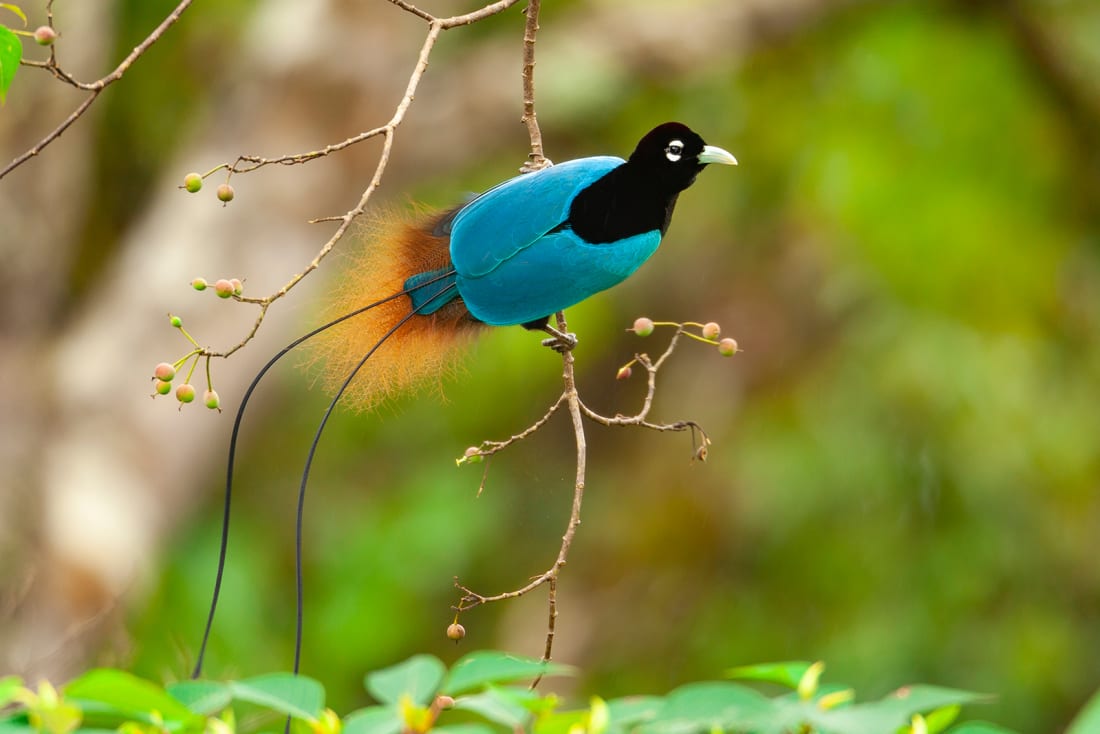
“I spent the whole night standing on the platform, waiting for the tide to go back down, which it finally did by morning,” says Laman. “The sun came up and I got my camera back out and got more pictures of the birds.”
It’s a shot from this trip that wraps around the cover of his new photo book, “Bird Planet,” capturing the birds in flight, contrasted against a baby blue sky and softly glowing full moon.
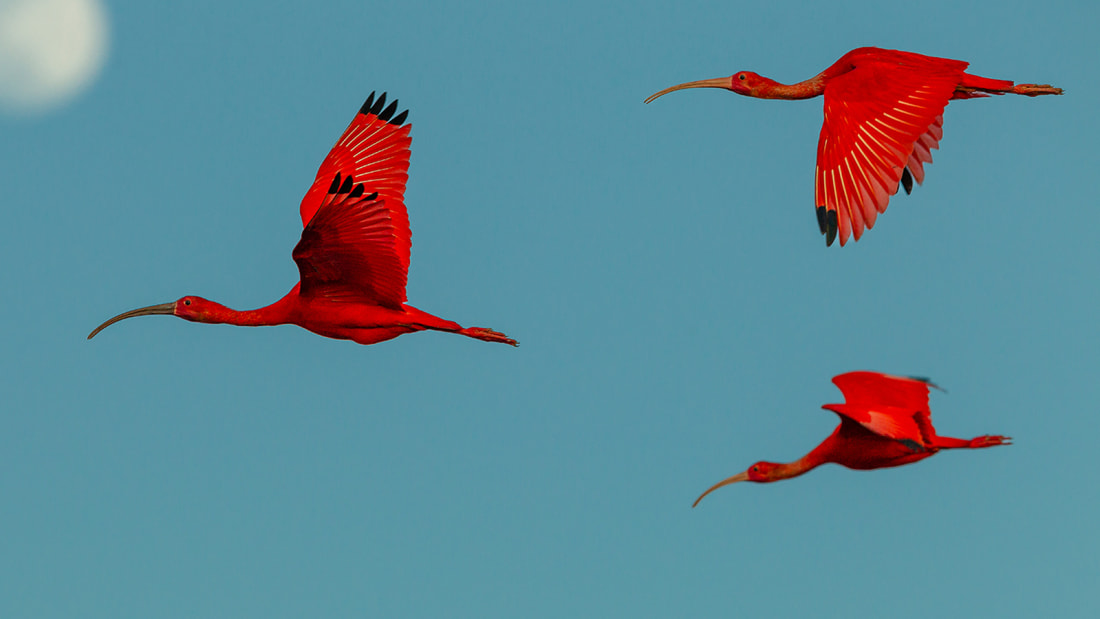
“I think it was worth it, overall,” he jokes. This misadventure was the worst, he says, although after spending three decades photographing birds, he’s put himself in many precarious positions in pursuit of the perfect image.
“When you freeze the moment of a bird in flight, taking off, or in a (mating) display, you capture a moment in time,” says Laman, who hopes his work will inspire people to take care of birds, and their habitats.
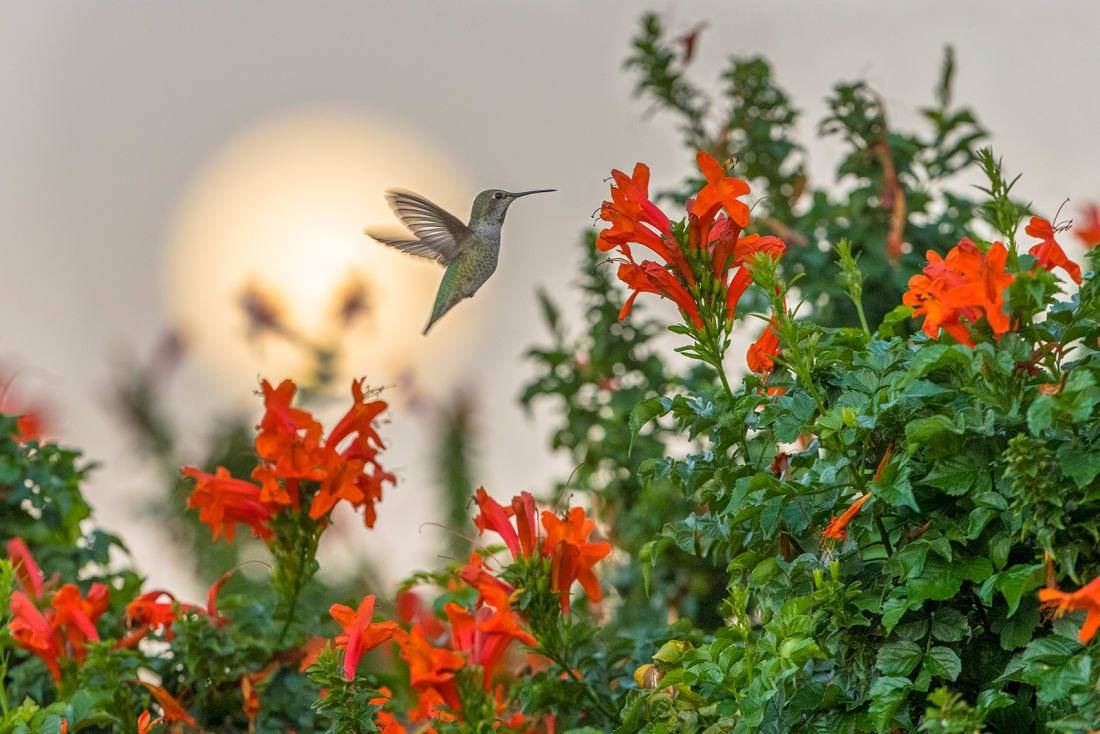
“They’re one of the most charismatic and readily-observed types of wildlife, that people can see whether in the city or the country,” he says, adding: “Getting people to appreciate and pay attention more is one of my goals.”
544 days and 40,000 photos
Laman developed his lifelong obsession with tropical birds while carrying out research for his PhD in the rainforests of Borneo. In the early 2000s, he pitched a story to National Geographic about the birds-of-paradise of New Guinea, a tropical island in the South Pacific split between the nation of Papua New Guinea in the east, and Indonesia to the west. According to Laman, the publication had never run a feature on the birds with photographs: “It seemed like a group that was really under-photographed and under-appreciated,” he adds.

Laman visited New Guinea five times for the article, presenting photos of around 15 species for the feature spread. But he wanted to do more and made it his mission to photograph all 39 species known to science at the time (since then that number has increased to 45).
Between 2004 and 2012, Laman and ornithologist Edwin Scholes made 18 trips to New Guinea, spending 544 days there in total. Laman took nearly 40,000 pictures, becoming the first person to capture every known species of the bird of paradise on camera.

This enormous endeavour gets a whole chapter in the book, revealing the birds’ dramatic and colourful mating displays.
“Once you find their display site during the breeding season, they usually come every morning,” he says, adding that he would spend up to eight hours a day in a “blind,” the camouflaged shelter that scientists and photographers use to observe wildlife up close, waiting for the birds.
He also shot footage of the birds-of-paradise which has made its way into wildlife documentaries, including “Dancing with the Birds” on Netflix and contributed to scientific research.
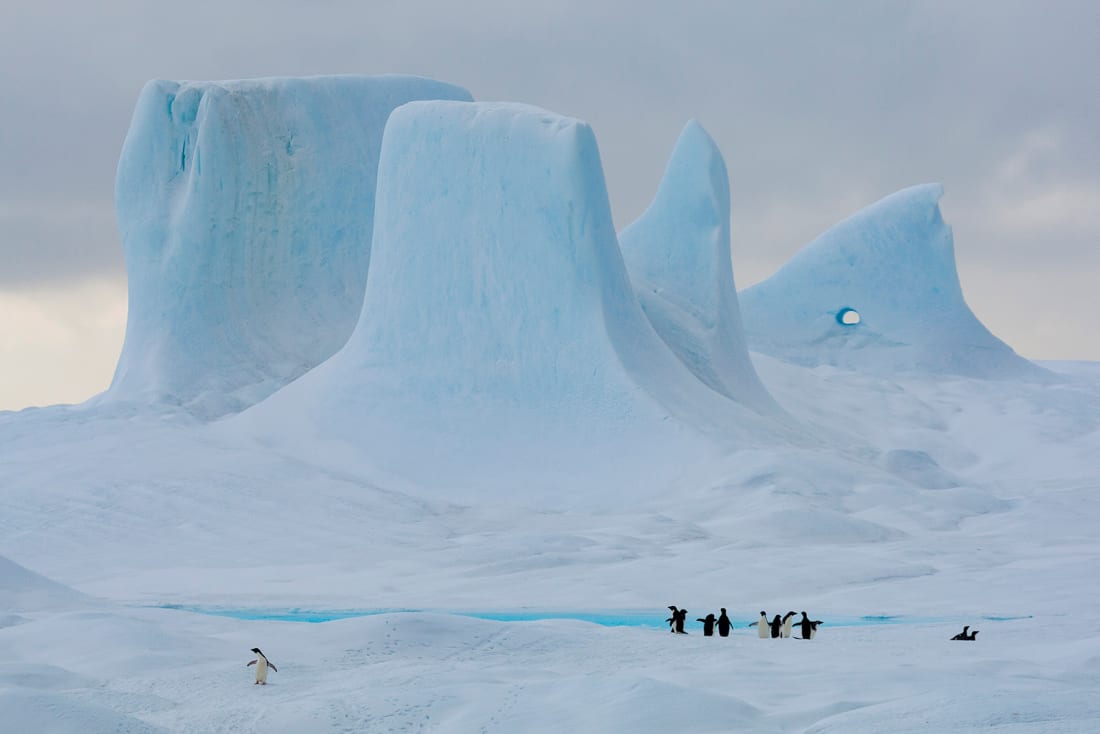
Laman is the co-founder of The Cornell Lab of Ornithology’s Birds-of-Paradise Project, where his videos and images are archived for scientists to use in research.
In one instance, Laman’s work provided corroboration for a DNA study which identified a distinct species of bird of paradise. “Once we recorded its behaviour and revealed the shape of the plumes of the displaying male, it was really clear,” says Laman.
Another study on the colours and dancing rituals of the birds-of-paradise’s mating displays utilized nearly 1,000 video clips from the archive, allowing the researchers to conduct “a very detailed analysis of the evolution of the bird-of-paradise displays, without ever going to New Guinea,” says Laman.
A flagship species for the forest
Laman is a founding member of the International League of Conservation Photographers, and his work has played a critical role in conservation.
His image of a greater bird of paradise at sunset became the face of a successful conservation campaign in New Guinea, that prevented a huge swathe of rainforest from being turned into a sugarcane plantation.

New Guinea is home to the third largest rainforest in the world, after the Amazon and Congo, and with 80% still intact it’s important as a home for wildlife and for sequestering carbon.
However, plans for industrial logging, mining operations, palm oil plantations and major infrastructure projects are threatening the integrity of these forests.
Laman hopes the birds of paradise can be a flagship species for New Guinea, and “bring people’s attention to this important forest that we should try to protect.”

He’s also eager to show people that beautiful wildlife doesn’t just exist in far-flung places: “Bird Planet” highlights the splendour of birds in his own backyards in Lexington, Massachusetts, such as blue jays and pileated woodpeckers. Laman hopes that readers will connect the photos in his book with the wildlife they see every day, and take action to protect pockets of nature wherever they exist.
“Birds are everywhere, from Antarctica to the Arctic to the tropics,” says Laman. “If we can protect habitats for birds, then it’s a great way to protect habitats for everything else.”
CNN

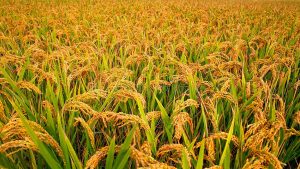

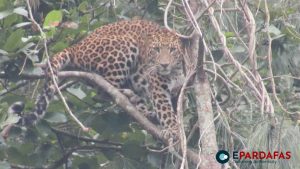







Comments